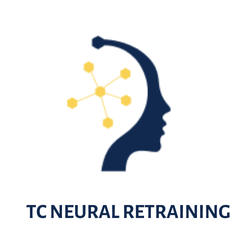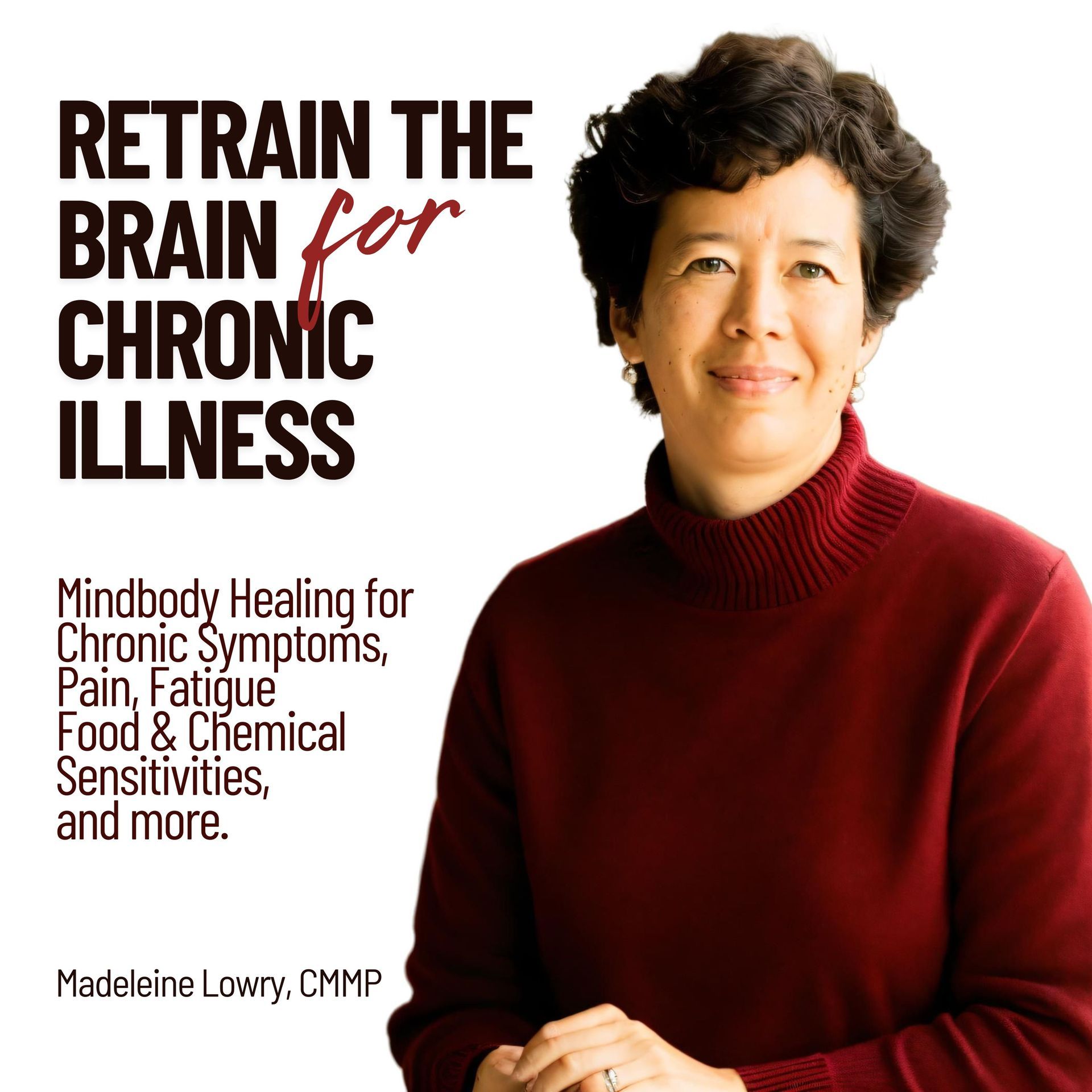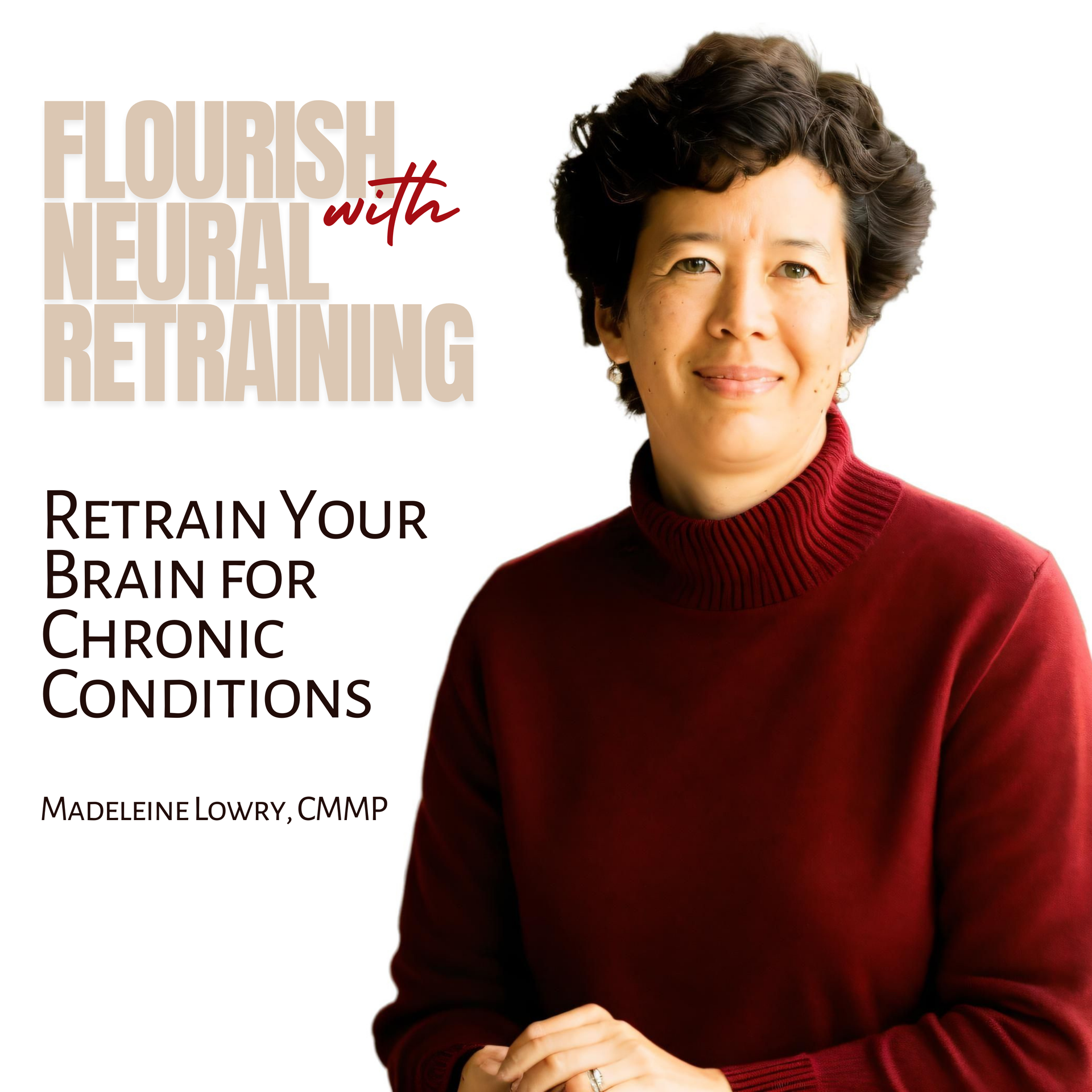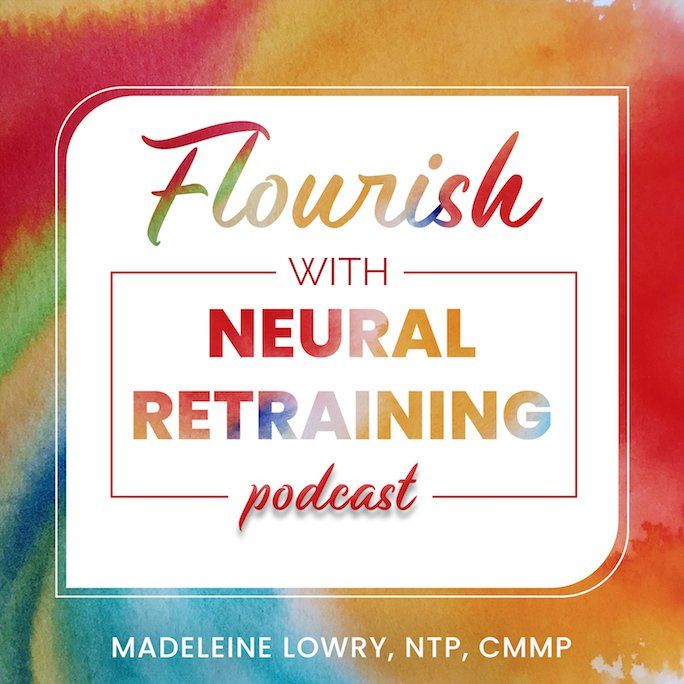How does Emotional Health Affect Physical Health?
Learn the science behind mind body medicine: how the molecules of emotions inform the function of every cell of the body.

What are the "molecules of emotion"?
In 1973, as the research for her PhD at Johns Hopkins, neuropharmacologist Candace Pert discovered the opiate receptor in the brain. Receptors for opiates were speculated to exist, as the known effect of the drug morphine depended on these specialized receptors in the pain centers of the brain.
The discovery of the opiate receptors begged a new question: why do we have receptors for an exogenous (not made in the body) chemical like morphine? The hypothesis was that there must be a similar substance that the body makes naturally. Once the opiate receptor was identified, the hunt was on for an enodgenous form of morphine - what came to be called "endorphin".
Endorphin was the first of many neuropeptides discovered over the next few years. These were described as "molecules of emotion". Further research found that the receptors for these molecules were all over the body, down to the cellular level.
Candace Pert spent the rest of her career studying and mapping the two-way communication enabled by these molecules of emotion between the brain, nervous system, immune system, and endocrine system, leading to the founding of the field of Psychoneuroimmunoendocrinology (PNIE). This new scientific field relates the function of these four major systems of the body, once believed to operate independently.
In her book, The Molecules of Emotion, Pert describes how thoughts and emotions create our state of health: "The mind is the flow of information as it moves among the cells, organs and systems of the body...coordinating the major systems and their organs and cells in an intelligently orchestrated symphony of life. Thus we might refer to the whole system as a psychosomatic information network, linking psyche...to soma."
How do emotions mediate physical health or illness?
If you think about it, you already know from your own experience that emotions affect the function of your body. Does your face flush when you're embarrassed? Does your heart beat faster when you're anxious or nervous? Do goosebumps appear when you're scared?
The gut is one place where this effect is most clearly seen. We feel our emotions in our gut and this can create a variety of physical symptoms: knots, stomachache, butterflies, queasiness, rumblings. We talk about "gut feelings" and sometimes when we cannot feel our feelings, our gut shows us exactly how we feel. Ongoing emotional patterns can contribute to poor digestion, lack of motility, excess motility, nausea, and if the pattern goes on longer, can lead to chronic conditions like irritable bowel syndrome (IBS).
Let's look at the example of plaque formation in the blood vessels, a key contributor to heart disease and heart attacks. Immune cells release peptides that increase the buildup of plaque, and other peptides that decrease the buildup in the arteries and vessels. So, what determines what type of peptide the immune cells secrete? Emotions. We know for example that stressful and emotionally intense events often precede heart attacks, and that is why there are more heart attacks on the first day of the workweek, and after high holidays with stressful family interactions.
What about something like infection? Why is it that when a group of people is exposed to a virus, there can be some individuals that don't get sick, and others that have a more severe or
prolonged illness? Candace Pert explains it this way: "Viruses use the same receptors as neuropeptides to enter a cell and depending on how much of the natural peptide is around and available to bind, the virus will have a harder or easier time getting into the cell [and infecting it.]" Therefore the state of our emotions affects how susceptible we are to viral infection and the promptness of our recovery.
Think of the implications: During the early months of COVID it was found that anti-anxiety medications could curtail long COVID symptoms. Candace Pert's work explains the biochemistry behind that mechanism. This is one of the principles behind the MAP for Long COVID Program. Would the same apply for chronic EBV? other viruses? or even bacterial infections, like Lyme?
Can emotions affect disease incidence and progression?
There is a lot of evidence that emotions are linked to cancer, for example, including susceptibility, progression and probability of remission. Kelly Turner, PhD outlined several emotional factors in her book Radical Remission: Surviving Cancer Against All Odds, including the boldfaced items:
- Changing your diet
- Taking control of your health
- Following your intuition
- Using herbs and supplements
- Releasing suppressed emotions
- Increasing positive emotions
- Embracing social support
- Deepening your spiritual connection
- Having strong reasons for living
- Exercise (this was added after her book was published)
Emotional repression and self-denial, in particular, are associated with higher rates of cancer, slower recovery rates, and higher incidence of cancer death. You can read the related article, How Do Personality Traits Lead to Chronic Illness for more on this topic.
How does emotional release impact recovery?
At Stanford, David Spiegel has shown that being able to express emotions, like anger and grief, improves cancer survival rates. How does this work on a biochemical level?
Remember that emotions create a specific flow of neuropeptides and that these information molecules drive physiological function. It follows that chronic suppression of an emotion creates an imbalance or a block in the delicate communication system between mind and body. With cancer the suppression of natural killer cells, which seek out and destroy precancerous cells and cancerous growths, would allow tumors to flourish.
When we can uncover and release the repressed emotions, like anger or grief, we turn on the flow of peptides that enable the immune system to do its job effectively. "Sometimes the biggest impetus to healing can come from jump-starting the immune system with a burst of long-suppressed anger...The key is to express it and let it go so that it doesn't fester," says Candace Pert.
Note that this does not condone acting out in anger or rage. It's more about connecting with the emotion and releasing it without giving it power. But here's the tricky part, since we don't feel repressed emotions, how do we know that they are there?
How do we identify and release repressed emotions?
There are many methods that can be helpful for releasing repressed emotions: Dr. Joe Dispenza advocates meditation, Dr. John Sarno recommended journaling, and other options are talk therapy, EMDR, tapping, breathing exercises, or bodywork.
Neural retraining techniques, particularly the advanced techniques that work directly with the subconscious mind, are very well suited to identifying and releasing repressed emotions. The MAP Method is an very effective way to neutralize painful emotions around trauma experiences, including hidden emotions. Often, in a session as we work with an emotionally charged memory and clear one set of emotions, another set will arise. For example, guilt and shame can cover up deeper emotions like anger, sadness or loss.
How does the MAP Method work?
MAP sessions are done at a distance, usually over Zoom videoconference. MAP is the latest energy psychology technique that builds on modalities from the 1980s and 90s such as Eye Movement Desensitization and Reprocessing (EMDR) and Emotional Freedom Technique (EFT).
As the next generation of these methods, it is gentler, faster and doesn't require bilateral stimulation or tapping on acupressure points. The brain takes care of all of that itself, quickly and efficiently. With the MAP Method we utilize the brain's natural ability to heal itself by harnessing the power of the subconscious mind.
Each MAP session is organized around a specific topic. The client is prompted to focus on a specific memory or sensation while in a relaxed meditative state. After a few minutes, the client describes what came up in their mind, and another round of instructions is given based on that feedback. This continues until the emotional intensity of the memory is greatly reduced or neutralized. The process is gentle and very easy, yet the results are often quite powerful.
Progress is very individual, but it generally takes about 4-6 sessions to begin to see improvements on a physical level, though emotional and mental shifts are usually noted within the first 3 sessions. This can take longer for individuals with a significant trauma history.
Learn More
- Learn more about the MAP Method of advanced neural retraining.
- Could repressed emotions be taking a toll on your health? Take the Quiz
- Try a free course about MAP or see all the MAP Programs.
- Listen to our podcast, Flourish with Neural Retraining: MAP for Immune Dysfunction
- Scroll down or visit our Neural Retraining Q&A for all related articles.


Madeleine Lowry, NTP, CMMP
Certfied MAP Method Practitioner
Madeleine specializes in neural retraining for chronic conditions. As a Nutritional Therapy Practitioner, she worked with many clients who were interested in eliminating allergies, sensitivities and intolerances. After learning a basic method and seeing its limitations, she trained in an advanced method of retraining the brain and now offers MAP sessions over Zoom and online self-paced programs for Anxiety/Depression, Sensitivities, Chronic Pain, Self-Healing, and COVID Long.
Related Posts





